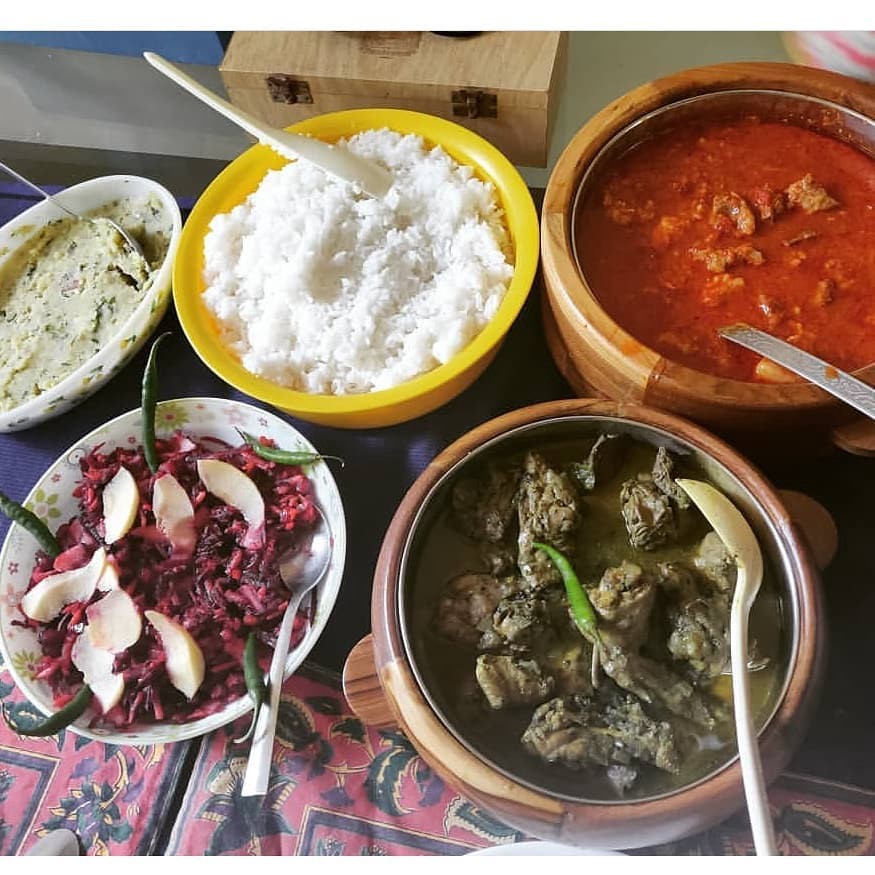espite the sweltering Sunday afternoon heat, 33-year-old Ammo Angom was hard at work in his small apartment kitchen in the western suburbs of Mumbai, putting the final touches on a seven-course meal. On this summer day, Angom opened his house to a party of about two dozen Mumbai residents to introduce them to traditional cooking from his home state of Manipur in Northeast India.
Angom founded The Sharing Bowl late last year, based on the Indian tradition of sharing meals with the community and neighbors. “The Sharing Bowl is derived from a Manipuri practice called Tengkot Laanaba, which translates to ‘passing the bowl.’ The idea is that when you cook something nice in your house, you should pass a bowl of it to your neighbors. And similarly, they will send you a bowl sharing their meals. This way, everyone has enough and something nice to eat,” said Angom.
Similar concepts of sharing food with the community have been observed across the world. A neighborhood supper club in the UK encourages families to share the food they cook every night to ensure every family only has to cook once every few days, helping working people save time on cooking. Many other food sharing applications allow people to give away their leftovers, promoting a culture of austerity and preventing food waste. However, within the broader South Asian culture, the tradition is deeply rooted in history, religion, social practices, and even mythology tracing back to thousands of years. The central idea is strongly linked to the belief of sharing one’s bounty, no matter how small, for the greater good of the community.
“Preparation for such an event starts 48 hours ahead, sourcing ingredients and spices and organizing everything,” Angom said. Dressed in traditional Manipuri attire, he welcomed each guest to join in a communal meal organized by the group he cofounded. Dishes included a black lentil stew called sagol hawai ooti, mashed vegetables and fermented fish called eromba, pork gravy made with bamboo shoots, a spicy chicken delicacy called yen angouba, and a spicy salad called singju. The meal concluded with a thick black rice pudding called chak-hao.
Read full story on Heated
